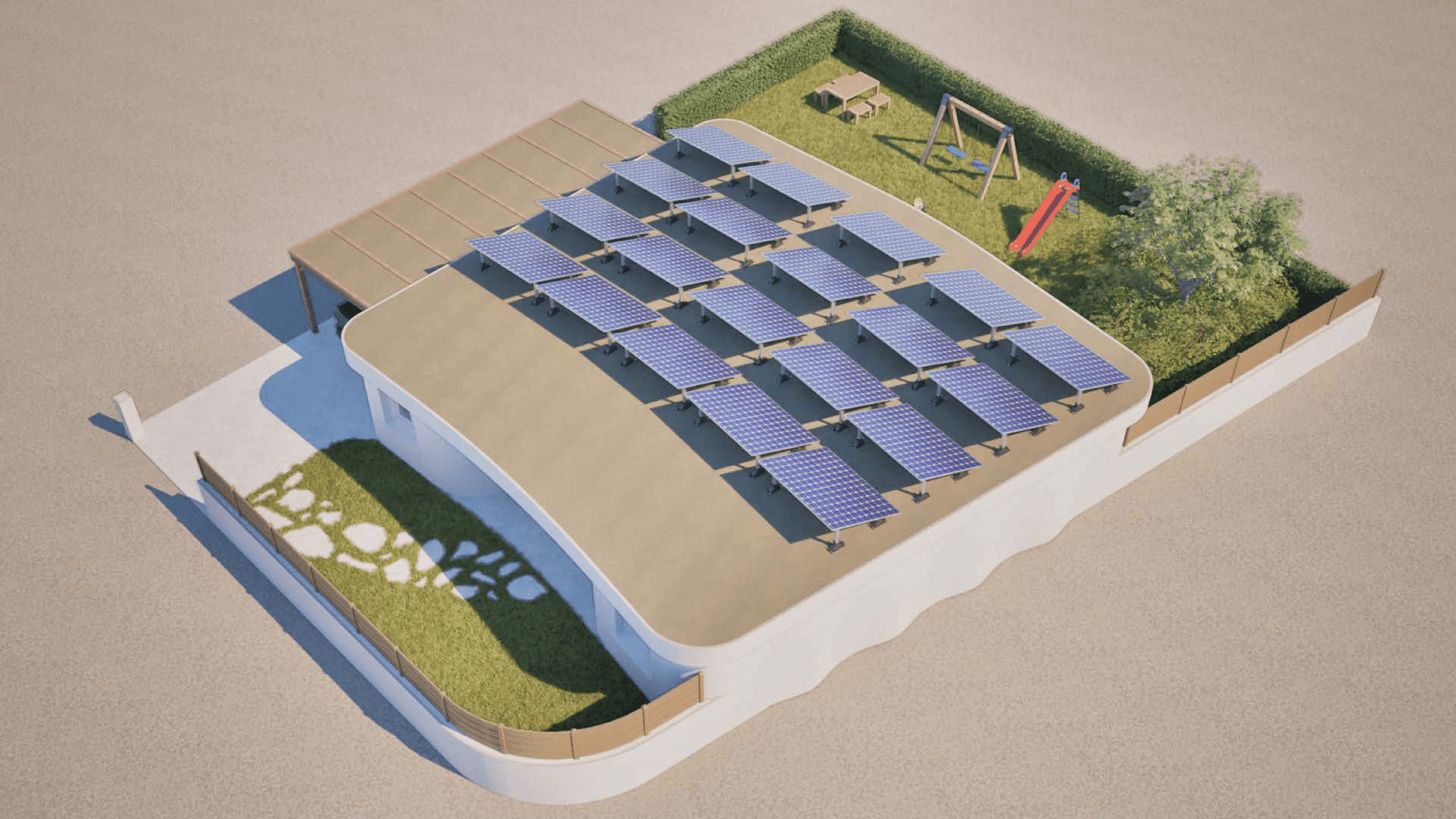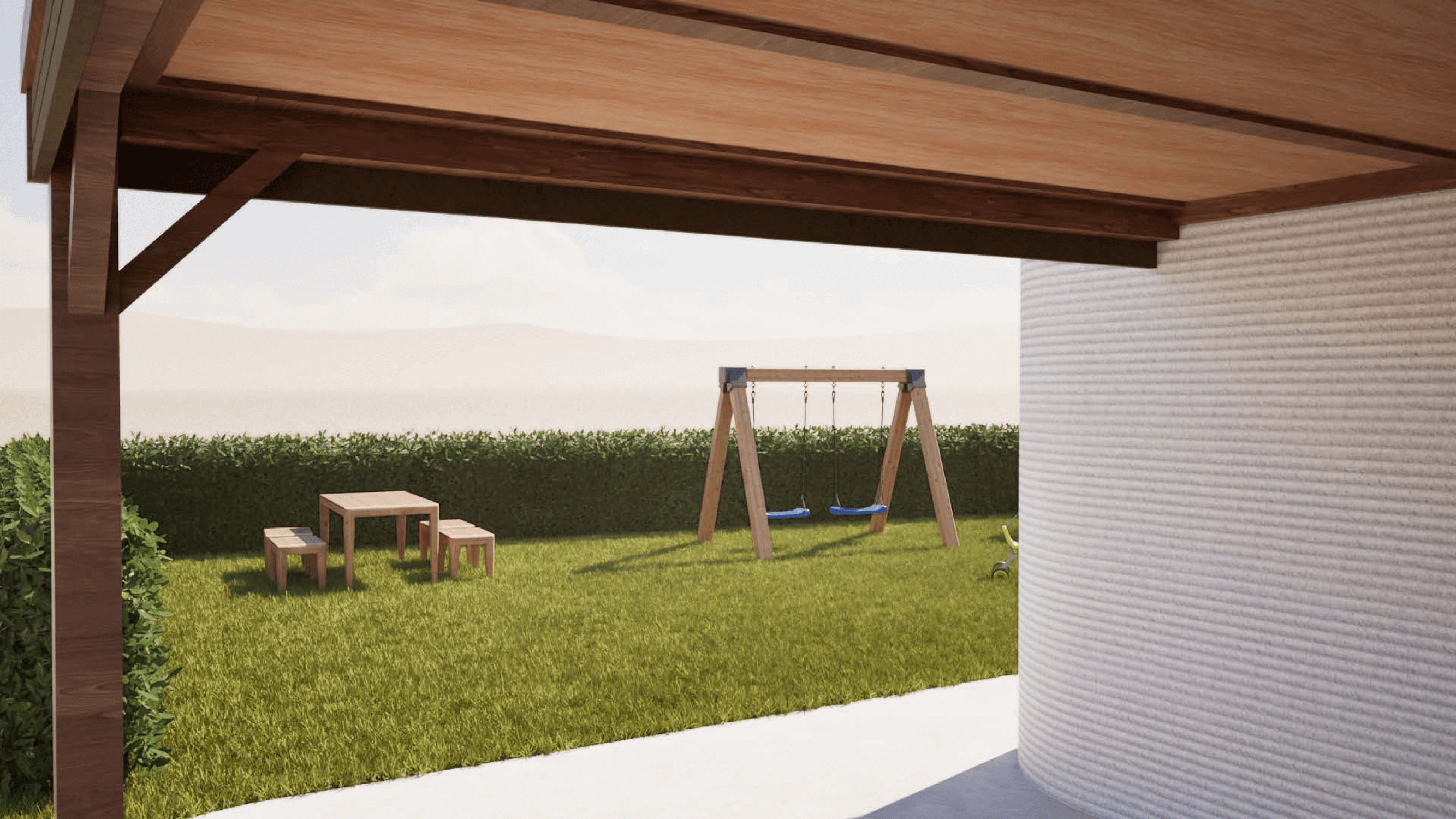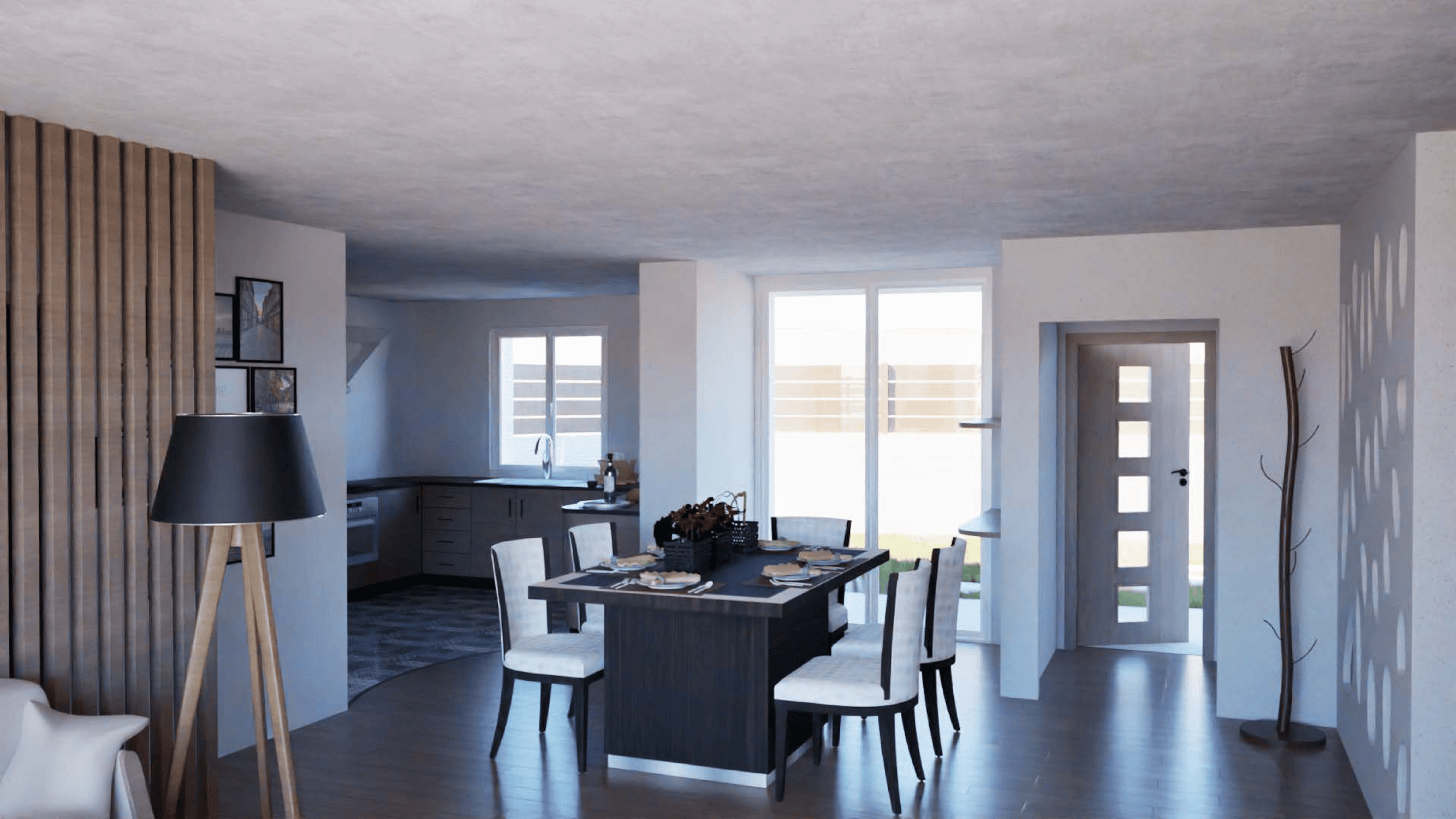How Much Does a 3D Printed House Cost?
Discover the real cost of a 3D printed house through a detailed analysis of construction expenses and our interactive cost simulator developed by Constructions-3D. This article explains the process, key advantages, and a real case study of a 104 m² house printed in just five days, showcasing the economic and technical potential of 3D concrete printing.
Published on 27 October 2025, 15 min to read

Written by Jessica Maciejewski
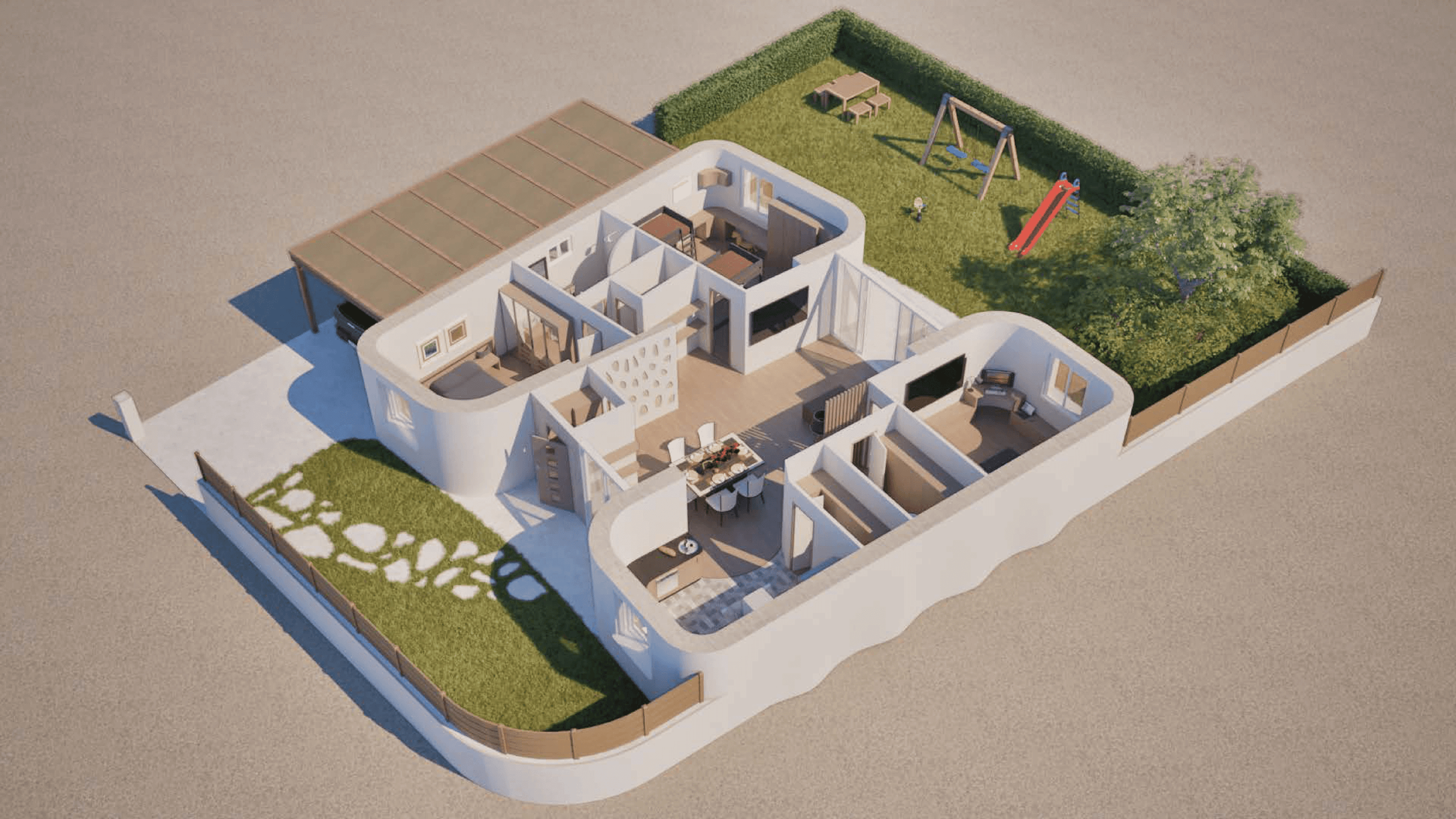
Summary
- 1. Introduction: 3D printed house
- 2. The factors that influence the cost of a 3D printed house
- 3. The Constructions-3D Simulator: Estimate the cost of your 3D printed house for free
- 4. A concrete example: The “Zero House,” 3D printed with the MaxiPrinter
- 5. Comparison with traditional construction
- 6. Long-term savings and benefits
- 7. Conclusion: The future of housing lies in 3D printing
Introduction: 3D printed house
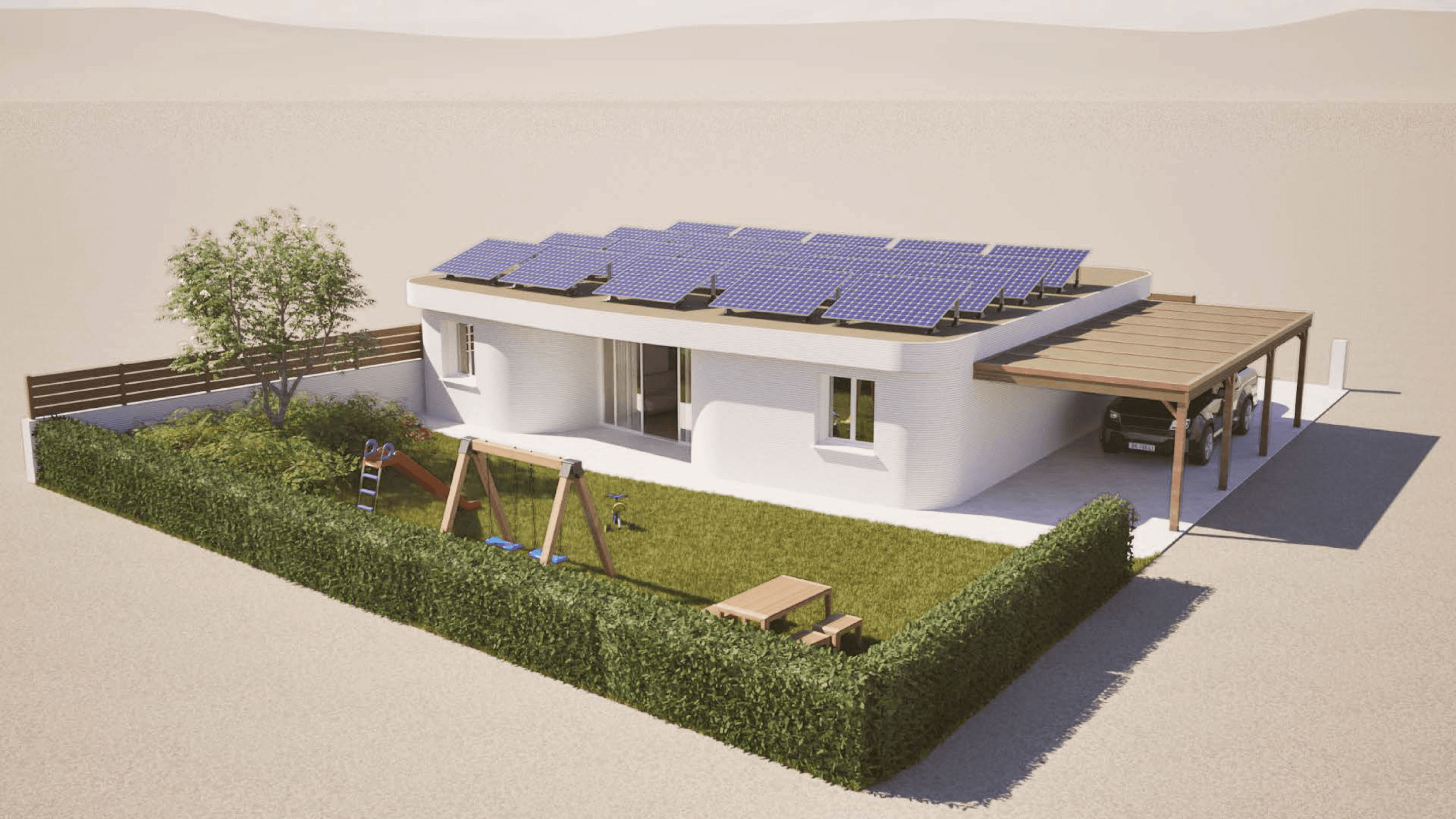
The 3D printed house: From dream to reality
3D printing applied to construction is no longer a futuristic concept. In just a few years, the 3D printed house has become a tangible reality on construction sites all around the world. This technology stands out for its speed of execution, reduced environmental impact, and ability to lower construction costs.
As a French pioneer in the field, Constructions-3D designs and manufactures mobile 3D printers for construction, capable of printing concrete structures directly on-site or in a workshop.
So, how much does a 3D printed house really cost? To help you find out, Constructions-3D has developed an exclusive online simulator that lets you estimate the cost of a 3D printed house based on your specific needs.
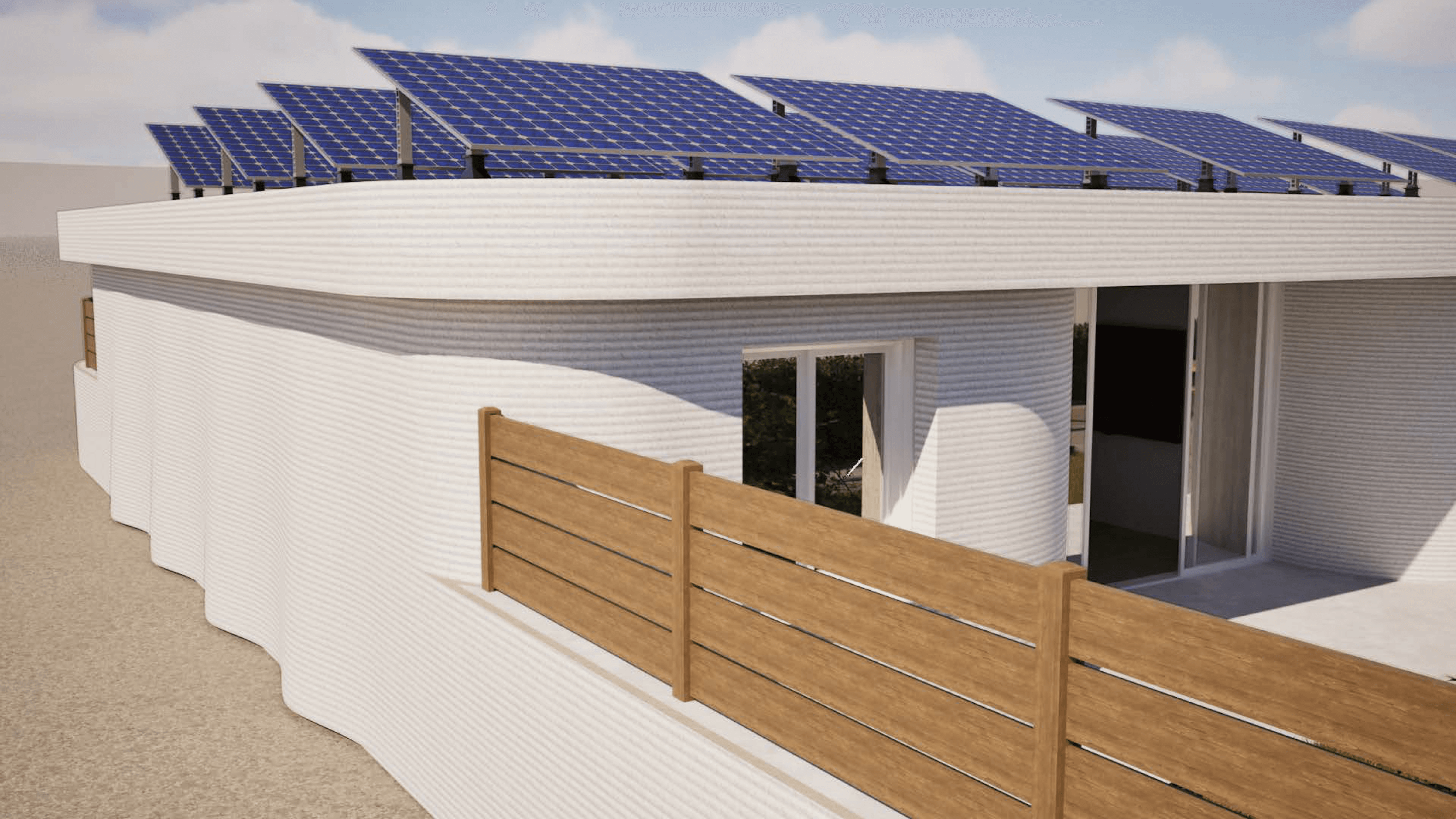
How does a 3D printed house construction work?
3D concrete printing (3DCP) is based on a simple principle: a printing robot deposits layer after layer of specially formulated mortar, designed to harden quickly and allow rapid stacking. The house layout comes from a digital model (2D or 3D file), which the printer translates into precise printing paths. Insulation can even be integrated directly into the printed wall, optimizing both cost and construction time.
There are two main approaches:
- On-site printing: walls are printed directly on the construction site.
- Off-site prefabrication: elements are printed in a workshop, then assembled on-site.
At Constructions-3D, the MaxiPrinter and MiniPrinter represent these two printing methods. Combined with the Termix-3D material, they produce solid, durable, and cost-efficient structures.
For more information about 3D concrete printing, see this article: Everything To Know About Concrete 3D Printing
The factors that influence the cost of a 3D printed house
The price of a 3D printed house depends on several key parameters:
- Living area: the larger the surface, the higher the total cost but the lower the price per square meter.
- Number of floors: an additional level means a greater printed wall surface and the need for an intermediate floor. However, it can reduce both the building footprint and roof area for the same living space.
- Type of material: depending on the local formulation of the mortar or micro-concrete, the cost per cubic meter can vary.
- Type of finish: contrary to popular belief, a 3D printed wall can be coated to achieve a smooth, traditional look, or left raw for a distinctive aesthetic, and even painted if desired.
- Finishes and secondary works: roofing, carpentry, plumbing, and electrical installations are comparable in cost to those of conventional homes.
Note: the 3D printed portions usually represent only 15 to 30% of the total construction cost. The remainder comes from finishes, fittings, and complementary works.
The Constructions-3D Simulator: Estimate the cost of your 3D printed house for free
To provide a realistic estimation, Constructions-3D has developed a 3D printed house cost simulator. This tool is based on on-site construction using the MaxiPrinter. In addition to calculating the estimated cost of your 3D printed house, the simulator also generates an AI visual illustration that reflects the criteria you’ve entered.
Simulate your 3D house price
Get an estimate of the cost to build your 3D printed house based on your desired configuration.
Your house's configuration
Advanced mode
10 m
7 m
1 floor
2 bedrooms
1 bathroom
Cost estimate
Important Notice: This estimate is based on Constructions-3D’s expertise and internal data in the field of 3D concrete printing. It is provided for informational purposes only and does not constitute a quotation or contractual commitment from Constructions-3D or its partners. Its purpose is to help you better understand the distribution and scale of costs associated with building a 3D printed house.
Please note that Constructions-3D specializes in the design and manufacturing of 3D printing machines. For detailed construction estimates or turnkey housing projects, we recommend contacting a licensed home builder.
A concrete example: The “Zero House,” 3D printed with the MaxiPrinter

To illustrate the real costs of a 3D printed house, let’s take the example of a 104 m² (1100 sqft) home designed entirely around 3D concrete printing. The walls are structural, insulated (R = 7.7 m²·K/W), and finished with paint in the color of your choice. The house fully complies with the latest environmental standards in terms of energy performance (RE 2020).
This case study is based on a typical layout featuring an open living area, three bedrooms, two bathrooms, and a carport. The design is unique in that it perfectly adapts to the terrain, following its trapezoidal shape for optimal integration and space efficiency.
Estimated Cost Breakdown:
- Wall elevation + insulation + finish: $38,000
- Framework / structure: $5,400
- Roofing: $13,000
- Exterior carpentry: $10,800
- Plumbing & HVAC: $16,200
- Electrical work: $6,500
- Ground floor insulation: $2,700
- Ground floor flooring: $4,300
- Interior partition walls: $8,600
- Carport / parking: $7,600
Total estimated cost: $113,000 (tax included) — or approximately $93 per sqft for a fully finished, energy-efficient 3D printed home of about 1,120 sqft.
Thanks to the direct integration of insulation, this 3D printed house offers a competitive overall cost compared to traditional construction, while providing complete architectural freedom and an exceptionally fast build time — only four days for the wall printing phase.
3D concrete printing enables extremely rapid setup. In the case of this 1,120 sqft (104 m²) 3D printed house, the structural work was completed in just five days, including setup, printing, and insulation integration.
Thus, in just five days, the structural, insulated, and finished walls of the house are fully completed. This timeline demonstrates the ability of 3D concrete printing to drastically reduce the duration of structural work, while ensuring consistent precision and quality, regardless of site conditions.
The construction sequence was as follows:
- Monday: team arrival, MaxiPrinter installation, site setup and leveling, followed by 6 hours of printing for the first half of the left section.
- Tuesday: 6 hours of printing to complete the left section.
- Wednesday: 6 hours of printing for the first half of the right section.
- Thursday: 6 hours of printing to finish the right section.
- Friday: integration of the insulation directly into the printed walls, followed by equipment dismantling and site wrap-up.
Comparison with traditional construction
Thanks to automation and digital control, a 3D printed house achieves an overall cost reduction of 20 to 40% on the wall construction phase, while maintaining equivalent insulation and finishing quality. It also significantly reduces material waste and offers total design freedom, allowing for organic shapes and custom architecture that traditional methods can’t easily replicate.
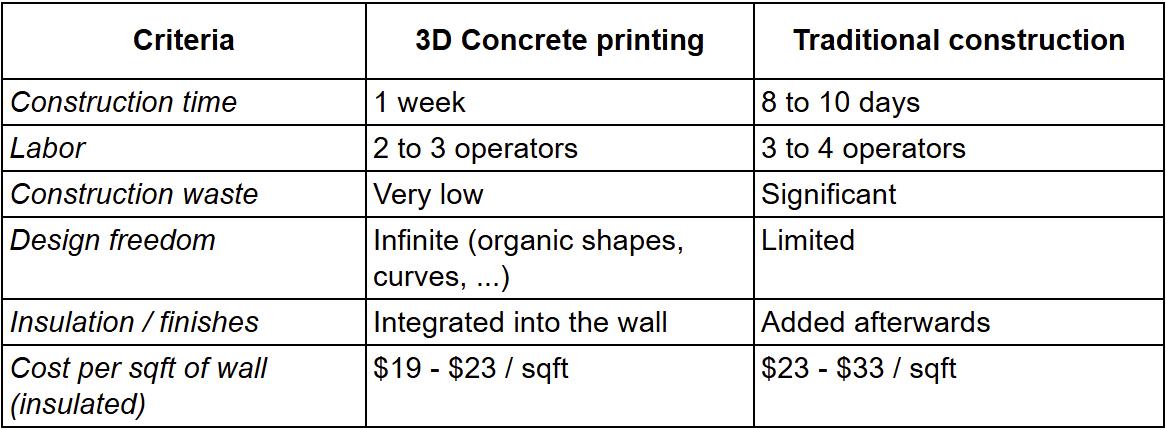
Long-term savings and benefits
Beyond its speed of construction, a 3D printed house offers lasting economic and environmental advantages.
- Direct integration of insulation within the wall: 3D concrete printing makes it possible to design double-wall structures where insulation is directly integrated during or after printing. This process enhances the building’s energy performance while reducing overall costs, since additional cladding or siding is no longer necessary.
- Reduction of waste and CO₂ emissions: By using locally sourced materials (such as sand, binders, and additives available on-site), 3D construction significantly reduces the carbon footprint associated with material transportation. The precision of the printing process also minimizes on-site waste, making the 3D printed house more environmentally friendly.
- An architect-designed home at the price of a standard one: Thanks to the design freedom offered by 3D printing, each home can feature curved walls, organic shapes, or unique volumes—all without additional cost compared to conventional building methods. This technology makes custom architecture accessible at a competitive price.
By combining energy performance, durability, and architectural freedom, 3D concrete printing stands out as a practical and innovative alternative to traditional construction methods.
Conclusion: The future of housing lies in 3D printing
3D concrete printing is redefining the way we build: faster, more sustainable, and more cost-effective. With machines like the MaxiPrinter and advanced materials such as Termix-3D, Constructions-3D already enables professionals around the world to print their own buildings.
If you too are ready to step into the future of construction and start 3D printing houses, get in touch with us today!









